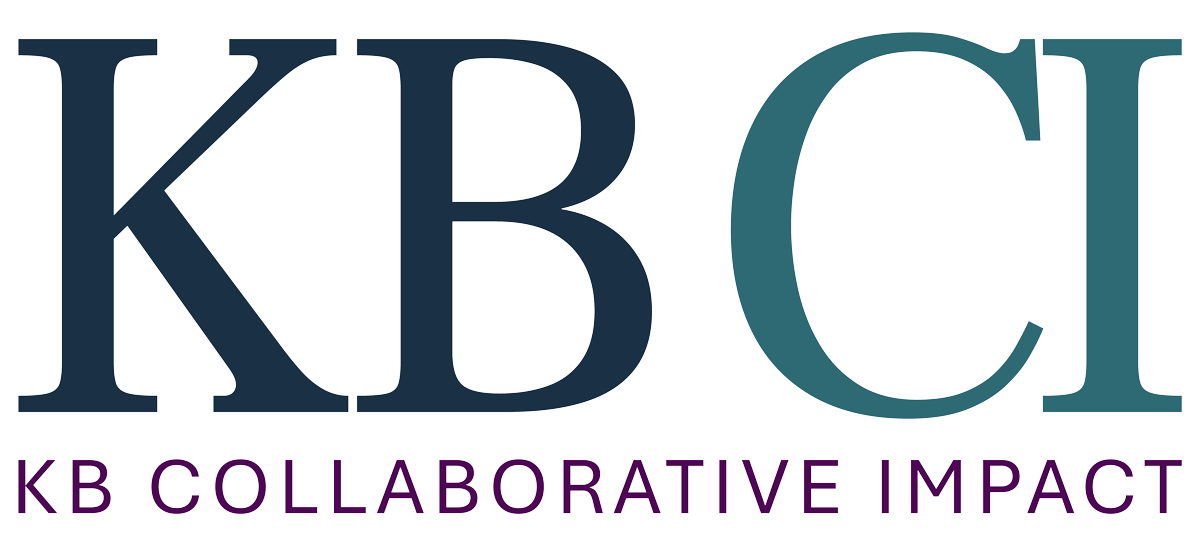
Let’s Do This
by Katherine Burke
The U.S. elections are over. We know it’s time to re-group, re-energize and re-strategize around a future we can start to envision. There are still plenty of “unknowns,” far too many to list here. But there are also a growing number of “likelies” around which you and your organization can start to build concrete plans and bring them to life. You know this, you’re ready to make it happen, and it’s critical in this moment to do it right. Here are some reminders for organizations that are determined to grow their impact no matter the obstacles:
1 – Proactively (re)build a concrete strategy. This sounds obvious, but you can’t reach the peak if you can’t find the trail. And sometimes unexpected conditions force you to change course and chart a new path. Unless your organization takes an intentional and inclusive approach to understanding your new environment and adjusting your strategy, you will suffer from internal confusion and disaffection, and you will find yourselves moving in circles rather than forward. You must be very clear about what you’re trying to achieve in the next several years, when you’re trying to hit specific milestones, and what any changes will mean for staff. Where there is ambiguity or opacity there will be wasted time and effort that you simply can’t afford in this moment. This doesn’t mean that your strategy won’t shift once you begin to implement, it probably will, but you will never get anywhere if you don’t have a clear vision at the start.
2 – Embrace creativity and change. Have open and honest discussions about your strategic options – discussions that include diverse staff and leave generous space for blue sky brainstorming. This is the moment to welcome wild ideas that could potentially be refined into exactly the unexpected pathway that you need right now. Don’t restrict these brainstorming conversations to leadership. Your staff who are deepest in the weeds of your work will have critical perspectives and contributions to the discussion. Once you have engaged in inclusive brainstorming, narrowed down to a small set of viable and promising pathways, and you have pressure tested those options with a variety of people inside and outside of your organization, only then should your leadership finalize and broadly socialize the plan.
3 – Create internal conditions to execute effectively. Once you know what you want to achieve, you need to get very specific on the how. This means mapping out a clear, specific and flexible action plan. You should know how you plan to get from here to there, and be prepared to take detours if you’re not progressing the way you’d hoped. Once you have a plan, carefully consider what you need from your people and your resources, including how you want them to work together. Are your teams currently organized and resourced to succeed on this new path and take quick turns when necessary? Are the decisionmakers clear and the critical communication channels open? Are individuals and teams incentivized and enabled to collaborate in the ways that will be necessary for success? If you’re not sure, talk to your staff. They know where there are likely to be challenges, where there are hidden barriers to progress, and what they will need to make the plan work.
As Plato famously wrote, “our need will be the real creator.” Or in modern parlance, “scarcity is the mother of invention.” This applies to conditions (political, legal, policy) as much as it applies to resources. Challenging environments lead to innovative approaches that can change the landscape forever.
Don’t miss this critical moment to do your work better than ever. If your organization or team could use a hand moving from indecision to ideas to action, I can help.
Let’s do this.
[Note: If you want to explore theory around organizational strategy and purpose, I recommend reading Building Your Company’s Vision by James C. Collins and Jerry I. Porras.]

